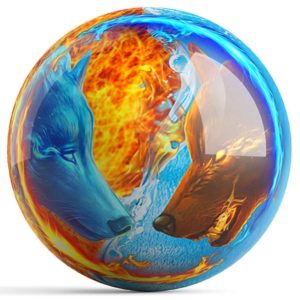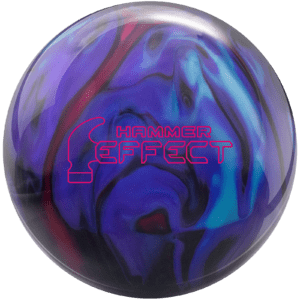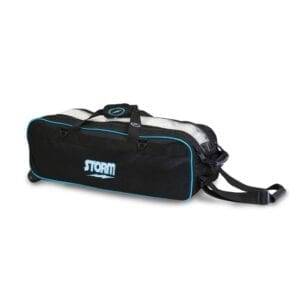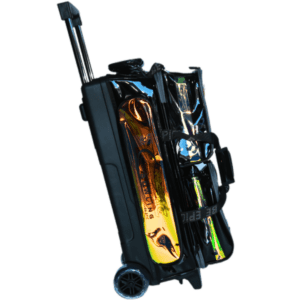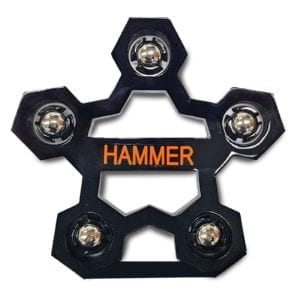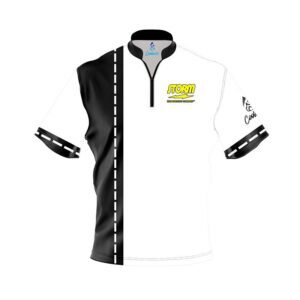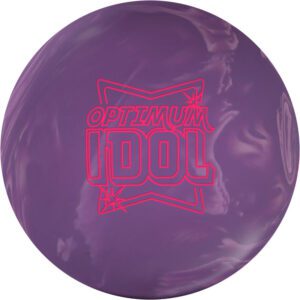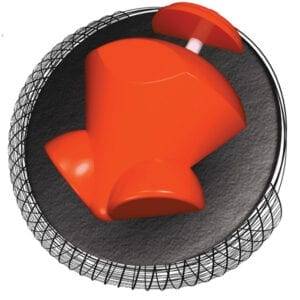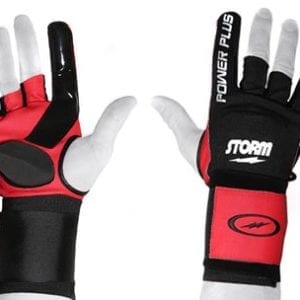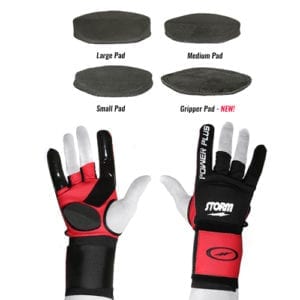Bowling History, Bowling News, Editorials
The Evolution of Bowling: From the 1990s to the Present

The Evolution of Bowling: From the 1990s to the Present
Bowling has a rich history that traces back through the centuries, and over the years, the sport has undergone significant changes. From technological advancements to shifts in equipment and bowling alleys, the evolution of bowling from the 1990s to the present day is a fascinating journey.
Technological Advancements
One of the most notable changes in bowling has been the integration of technology into the sport. In the 1990s, bowling alleys began utilizing automated machinery for pin resetting and introduced electric scoreboards, marking a departure from manual scoring methods. Fast forward to the present, and we find state-of-the-art bowling facilities with advanced scoring systems, synthetic lane surfaces, and cutting-edge pinsetter machines. These technological upgrades have not only enhanced the player experience but have also streamlined the overall operations of bowling centers.
Evolution of Bowling Balls
The evolution of bowling balls has been a game-changer in the sport. In the 1990s, there was a significant shift in the materials used for bowling balls. Traditional wooden and rubber balls gave way to the introduction of reactive urethane coverstocks, also known as resin, which revolutionized the game. This innovation, combined with advanced core designs, marked a new era in bowling ball technology. Fast forward to the present, and we continue to witness ongoing advancements in bowling ball technology, with the invention of symmetrical and asymmetrical core designs, as well as the use of innovative coverstock materials, all contributing to improved performance and versatility on the lanes.
Changes in Playing Equipment
Not only have bowling balls evolved, but other playing equipment has also undergone significant changes. Bowling shoes, once standard-issue footwear provided by bowling centers, have seen improvements in design and functionality. Modern bowling shoes are engineered for comfort, stability, and performance, catering to the diverse needs of bowlers. Additionally, advancements in bowling accessories such as wrist supports, fingertip inserts, and grip tapes have further personalized the bowling experience, allowing players to fine-tune their equipment for optimal performance.
Regulation Changes and Equipment Standards
Technological advancements have spurred regulation changes in the sport of bowling. Notably, the evolution of bowling balls prompted governing bodies to establish standards for equipment, ensuring fair play and maintaining the integrity of the game. From the transition away from traditional wooden and rubber balls to the implementation of regulations surrounding coverstock compositions and core designs, the evolution of bowling equipment has been accompanied by corresponding adjustments in rules and regulations to uphold the competitive balance within the sport.
Conclusion
The evolution of bowling from the 1990s to the present day has been shaped by technological innovation, advancements in equipment, and regulatory changes. As the sport continues to embrace modernization and adapt to the demands of contemporary enthusiasts, one thing remains constant – the timeless appeal of bowling as a recreational activity that brings people together for fun, competition, and camaraderie.










